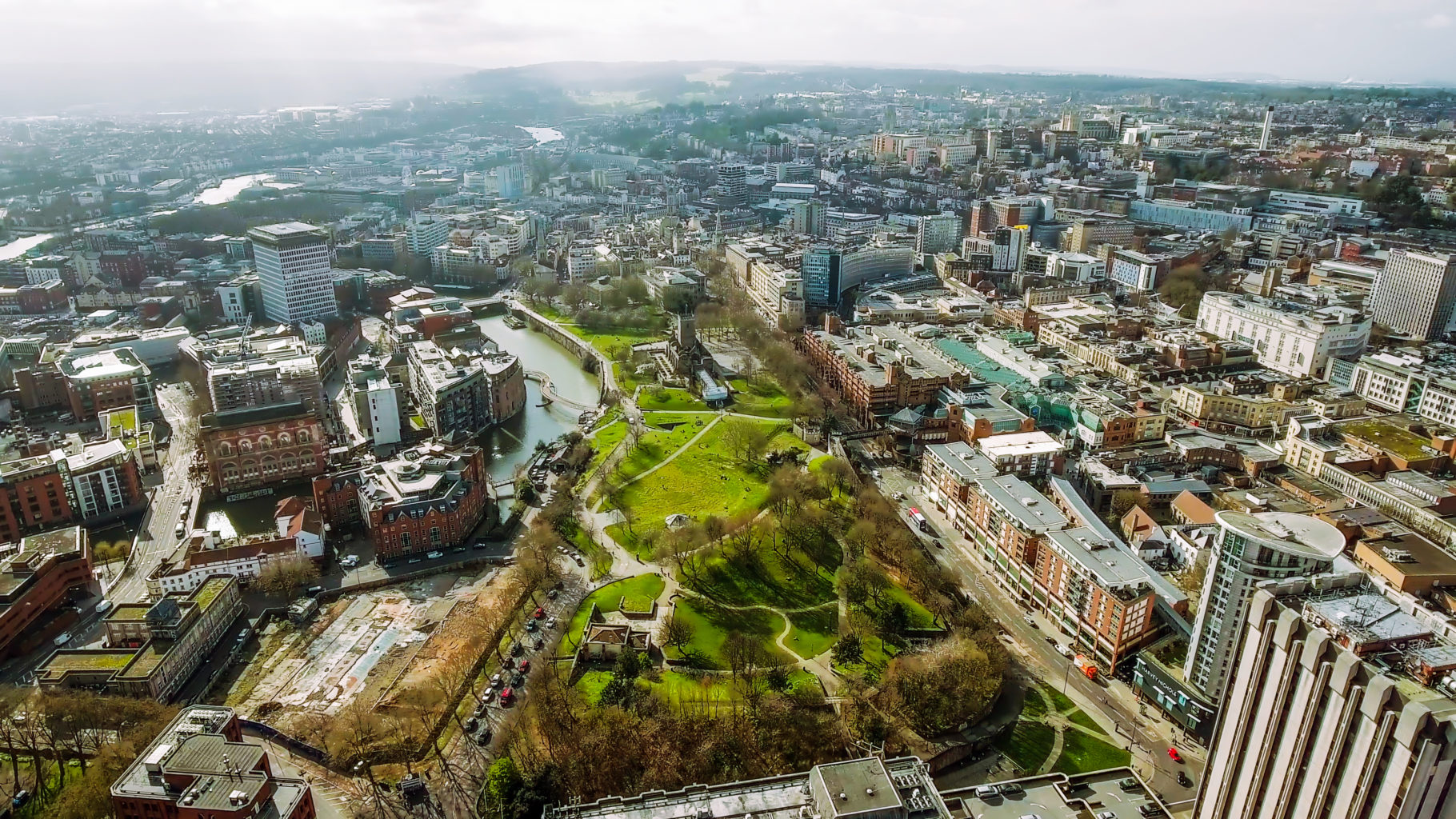Unlocking The Future
The development industry has its part to play in terms of finding meaningful ways to contribute to environmental conservation, with one concept poised to make a significant impact in the immediate future.
Increasingly, we need innovative solutions to create and enhance habitats, providing mitigation in respect of much needed urban development.
What is Habitat Banking?
Habitat banking involves landowners enhancing the biodiversity of their land, with the resulting habitat creation or improvement sold as BNG units to parties requiring off-site biodiversity net gain. To find out more about biodiversity net gain (BNG), read our comprehensive guide >
A surge in habitat bank sites
Forecasts suggest a dramatic increase in the establishment and use of habitat bank sites. Developers facing the challenge of achieving net gain on-site are finding that statutory credits have been purposely designed so as to be cost-prohibitive. Consequently, the purchase of off-site units from habitat banks is becoming the only viable option. This trend underscores the importance for landowners with undeveloped, potentially habitat-rich land to consider securing their sites for use in mitigating the impact of development elsewhere.
The evolution of BNG
The concept of biodiversity net gain remains complex terrain to navigate. Negotiations surrounding the Section 106 planning obligations for establishing habitat gain sites are gradually progressing with local authorities. However, a lack of understanding and under-resourcing at planning authority level continues to impede smoother implementation. Addressing these hurdles will be crucial for maximising the effectiveness of BNG initiatives.
Essential engagement for success
When bringing forward sites for development, engagement with experts at an early stage is paramount for establishing a successful BNG strategy. It is essential to collaborate with the council’s ecologist to fix the baseline data and craft a robust mitigation strategy. This proactive approach not only ensures compliance with regulatory requirements but also minimises the risk of costly delays and revisions down the line.
The rise of habitat banking presents a promising avenue for harmonising development with environmental conservation. By addressing challenges such as understanding, resourcing and strategic engagement, stakeholders can unlock the full potential of habitat banking to create a sustainable future for generations to come.








